It was July 17, 1975, when an emergency call came in to the fire department in Hamburg-Altona at around 3:37 a.m. There was a fire on the second floor of a six-family house at Zeißstraße 74 in the Ottensen district of Hamburg. This district was popularly known as Mottenburg (Mothburg) because many glassblowing businesses had settled there in the 19th century, whose workers often contracted tuberculosis. This disease was also called “Motten” (moths) because it ate holes in the lungs like moths in fabric. The fire department immediately responded to Mottenburg. Upon arriving at the scene, the firefighters ran into the burning apartment, which they broke into. They rescued the man from the apartment and extinguished the fire. The man was a sailor from Norway who had not paid his electricity bill, which is why he used candles for light. That night, he had fallen asleep and forgotten to extinguish the candles, which had led to the apartment fire. The firefighters routinely checked to see if a smoldering fire had formed in the attic. They did indeed discover pockets of fire, which they were able to extinguish. As they did so, a strange smell reached their noses. It smelled of decay and burnt flesh. They searched for the cause of the foul stench and uncovered roof tiles. Then they found two plastic bags right next to the rafters. When they opened them, their stomachs turned. Inside were several body parts of a woman. The firefighters alerted the police. They arrived at the house shortly after 5 a.m. and inspected the bags containing the body parts, which included a decomposed torso and a right leg. As they continued to look around, they discovered another woman’s body behind the shared toilet in the attic apartment. Due to the advanced state of decomposition, the remains of the two bodies had probably been there for several months. While the detectives were requesting forensic evidence, a small, slight man with a disfigured face and a neat Menjou moustache appeared, introducing himself as Fritz Honka and saying he lived directly opposite the shared toilet. The investigators asked Fritz Honka to accompany them to the police headquarters for routine questioning. On the way there, Honka told the officers that he had just returned home from his shift as a night watchman. When they arrived at the former police headquarters at Berliner Tor, Fritz Honka was questioned in the homicide division’s offices on the 7th floor. Fritz Honka was taciturn and tried to evade the investigators’ questions. In the meantime, Honka’s 18-square-meter apartment was searched. There, investigators found countless bottles of grain brandy, piles of pornographic magazines, and female rubber dolls. Full ashtrays were scattered throughout the apartment. Over 300 pornographic pictures hung on the walls. Investigators also found tons of women’s clothing. Why on earth would a single man need so many women’s clothes? A secret fetish, relics from previous relationships, or even trophies from the female corpses he had found? After making these discoveries, the investigators searched the entire floor. Then they made an incredible discovery. One wall in Honka’s apartment, which was covered with woodchip wallpaper, sounded hollow. They knocked down the wall. An investigator pulled out a stained bed sheet, which was wrapped around mutilated body parts. On top of it were bags of toilet blocks to cover up the beastly stench. The investigators informed their colleagues at the police station about the find. They confronted Honka with it, and he was remanded in custody as a prime suspect. But instead of confessing everything, Honka remained silent from that moment on. No interrogation strategy could get Fritz Honka to talk; he only said the sentence: “I’m not an idiot.” Fritz Honka, who worked as a night watchman, was considered nice and unobtrusive. He suffered from his disfigured face and speech impediment. This was the result of a bicycle accident he had in 1956. He had suffered severe head injuries at the time. His shattered nose was now crooked, and he had developed a severe squint. In addition, his lower teeth had been knocked out, which is why he was unable to pronounce the letter “s.” Fritz Honka was born on July 31, 1935, in Leipzig, the third of nine children. His parents’ house was located at Seeburgstraße 90, in a working-class neighborhood. His father was a stoker and his mother was a cleaning lady. According to Honka, his father was an alcoholic who sympathized with the communists, which is why he was sent to a concentration camp by the Nazis. He and his siblings were also sent to the camp. After the war ended, the family was released and returned to Leipzig. In 1964, a year after their release, his father died as a result of alcohol abuse. Honka, who had a low IQ, began an apprenticeship as a bricklayer. However, he had to drop out because of the cement scabies he suffered from. In 1951, he left Leipzig and settled in the small village of Brochhöfe, where he worked as a farmhand. He began an affair with a woman named Margot, who allegedly became pregnant by him and gave birth to a son whom she named Heinrich. Margot sued Honka for child support, and he had to pay 3,000 DM in alimony, which was a small fortune at the time. When he learned that he might not be the father, he felt betrayed by Margot. His hatred of women grew. In 1956, he moved to Hamburg. There he worked as a shipyard worker at Howaldtswerke. In the same year, he had the terrible bicycle accident. After that, he met Inge, whom he married in 1957. Honka became a father again. But the happiness did not last long, as Inge was a severe alcoholic and Honka himself was also turning to the bottle more and more often, which led to loud arguments in their apartment at Wümmeweg 10 A in Neuwiedenthal, causing the Honka couple to lose their apartment and vegetate in emergency shelters. Divorce followed in 1960, followed shortly thereafter by reconciliation and remarriage. But the second attempt at a happy marriage also failed and ended in divorce again in 1967. After the divorce, Honka picked himself up again. He found a job as a night watchman at a waterworks and moved into the attic apartment at Zeißstraße 74, where, according to neighbors, Honka often had female visitors. When this was the case, the neighbors heard loud shouting. Some women even seemed to live with Honka temporarily until they disappeared overnight. During the investigation against Honka, the officers discovered that he already had a criminal record. On August 15, 1972, a woman named Ruth D. had filed a criminal complaint against Honka for rape. At the time, Honka was living with his lesbian roommate Irmgard, who brought Ruth D. to their apartment on August 15. Fritz Honka tried to force Ruth D. to have sex with him, but she fled to the street completely naked with several welts on her body. Ruth D. first sought treatment at the hospital and then filed a complaint with the police. Honka was then taken to the police station, where the police doctor found that Honka had a blood alcohol level of 2.4. On April 4, 1975, Fritz Honka was fined DM 4,500 by the Altona Magistrate’s Court for assaulting Ruth D. The rape charges against Honka were dropped. When Honka wasn’t working, he hung out in the bars on Hamburger Berg. He regularly stopped by the “Goldener Handschuh,” the “Elbschloß-Keller,” or the “Hong Kong” after his shift. Honka’s favorite bar was the Golden Glove, which was later even renamed the Honka Stube. Honka, who was known in the bars only as Fiete, drank up to 10 glasses of Fanta-Korn, his favorite drink, in the evenings. He also chain-smoked Sheffield super-long cigarettes. Honka felt right at home among the aging prostitutes, drinkers, and homeless people. Here, he was somebody. Although he was a drinker himself, he wore clean clothes, had a job, and an apartment. More than the others had. When he wore his security guard uniform and carried his gas pistol, he felt like a winner among the destitute. He tipped the waitresses generously and often bought the women drinks. Honka specifically sought out his female victims here, most of whom were homeless. He lured them to his apartment with the prospect of a place to stay or free alcohol. Then the women ended up on Honka’s worn-out sofa, which was draped with dolls and had naked women hanging on the wall. When Honka didn’t pick up a woman, he bought sex on the Reeperbahn. He is said to have been particularly fond of sadomasochistic sex. He wore knee-high leather boots and a black vinyl coat to demonstrate his power over the prostitute. Honka loved power games. After the three women’s bodies had been removed, the apartment still smelled of decay, which is why the investigators turned it upside down again. In fact, they found a fourth dismembered woman’s body in the space between Honka’s apartment wall and the eaves. Now the officers had to find out who the four women were, whom no one had reported missing. A coincidence came to the investigators’ aid when, on November 2, 1971, a worker found the dismembered remains of a woman tied up in newspaper bundles on the grounds of the former Holstatia chocolate factory at Gaußstr. 124, which was used as a garbage dump by local residents. Only the right leg and torso were missing. Hamburg forensic scientist Dr. Ulrich Klages was able to reconstruct the facial contours using a facial reconstruction procedure involving paraffin wax, which he poured into the mummified skull. The face was then made up and photographs were taken, which were used as the basis for creating a composite sketch. This was sent to the media and brought the desired success. The dismembered body was that of 43-year-old Gertraud Bräuer, who worked as a prostitute and hairdresser in St. Pauli’s red-light district. Gertraud Bräuer had been frequenting bars in Hamburg’s Berg district for years. Her disappearance did not attract much attention, as Gertraud Bräuer often stayed with a client for several months and then suddenly reappeared. She was last seen alive in mid-December 1977 in Honka’s favorite bar, the “Golden Glove.” Investigators assumed that the crime scene was in the immediate vicinity of where the body was found. For these reasons, they investigated within a radius of 500 meters and questioned all persons with previous convictions. But Honka was lucky at the time; although his apartment was within 300 meters, he was not yet on police record at that time. The identities of the other two female corpses were determined by two identity cards found in Honka’s apartment. One was 54-year-old prostitute Anna Beuschel, whom Honka had met at the Golden Glove in August 1974, and the other was 58-year-old Frieda Roblick. She disappeared in December 1974. Like the other women, she was a regular at the Golden Glove. The last body was that of 52-year-old Ruth Schult, who had disappeared in January 1975. She was also a frequent guest at the Golden Glove. In the course of the investigation, it emerged that the residents had complained about the stench to the caretaker, who asked around in the building. When he questioned Honka, Honka said that the Greeks were to blame because they cooked such strange things. Since DNA analysis did not exist in 1975 and Honka could not be linked to the victims through fingerprints, blood traces, or bodily fluids, the investigators only had circumstantial evidence against him. So they needed a confession. But Honka remained silent. Two weeks after a marathon interrogation, Honka finally broke down. But Honka only talked nonsense. He, the king of crooks, had been chosen by Jack the Ripper to be a murderer. He wanted to be considered insane. In addition, he had been completely drunk when he committed his crimes and therefore could not remember any details. However, he knew exactly that he had drunk 1 liter of brandy, a quarter liter of schnapps, and six liters of beer when he murdered Gertraud Bräuer. According to experts, Honka had a blood alcohol level of 0.4. Anyone else would have been practically clinically dead. That evening, Gertraud Bräuer had drunk herself unconscious. When Honka tried to wake her up in the early hours of the morning to have sex with her, she pushed him away. This rejection made Honka snap. He tore a curtain from the window and strangled Gertraud Bräuer with it. Since he couldn’t carry her body away in one piece, he quickly dismembered it and wrapped it in newspaper, which he dragged to the grounds of the chocolate factory, which was used as a garbage dump. There he disposed of her body parts. But he left her torso and right leg behind in the apartment and hid them in the attic. Almost four years passed after the first murder before Honka killed again. However, in the summer of 1972, he had attempted to rape Ruth D. He committed his second murder on Anna Beuschel, whom he plied with his favorite drink, Fanta-Korn, at the “Golden Glove.” Afterwards, they went to Honka’s apartment, where he wanted to have sex with her. Anna gave in, but lay there like a board during sex. This made him so angry that he strangled her and then dismembered her. He deposited her body parts in the attic. His third victim was Frieda Roblick, an experienced prostitute, whom Honka paid 200 marks for sex. But when she tried to steal another 200 marks from Honka, he freaked out and strangled her. He left her body in the attic. Just one month later, 52-year-old Ruth Schult became Honka’s next victim. The couple had been living together in Honka’s apartment for three weeks when one day they had a violent argument. Ruth accused Honka of infecting her with syphilis. She literally lost her temper and Honka saw red. He hit her over the head with a bottle of schnapps and strangled her with a woman’s stocking. Then he first dismembered her body before mutilating it by cutting off her breasts, earlobes, nose, and the tip of her tongue. The trial against Fritz Honka began in November 1976 at the Hamburg Regional Court amid great media interest. Fritz Honka filled the newspapers like no other, who called him the “Bluebeard of Mottenburg.” At the start of the trial, Fritz Honka changed his original confession. He insisted that he had fallen asleep while drunk and woke up next to the corpses in the morning. Since they couldn’t stay there, he had disposed of them without further ado, dismembering some of them. Fritz Honka’s defense attorneys were star lawyers Rolf Bossi and Gunter Widmaier, whose strategy was to portray Honka as severely disturbed. They wanted the court to grant Fritz Honka diminished responsibility. Bossi therefore brought in psychiatrist Elisabeth Müller-Luckmann as an expert witness. She explained that the murder was the result of a failed attempt at communication on Honka’s part, who, when his claim to power was questioned, gave free rein to his pent-up anger and then freaked out. In fact, this tactic proved successful. On December 20, 1976, the court found Fritz Honka guilty of manslaughter in the heat of passion and diminished responsibility in three cases. Except in the case of Anna Beuschel, Fritz Honka was convicted of murder. After the verdict, Fritz Honka was admitted to the former Allgemeine Klinik Hamburg-Ochsenzoll in House 18 in Langenhorn, which was popular for its psychiatric ward. He began a pen pal friendship with Petra, a 22-year-old married woman from Düsseldorf who slept in an oak coffin at night and apparently cast a powerful shadow. One day, she strangled her husband with a belt and laid him in her coffin. Fritz Honka was released in 1993 after 16 years in the Ochsenzoll psychiatric institution. He took the name Peter Jensen and lived from then on in a retirement home in Scharbeutz, where no one knew him. He was already suffering from dementia and struggling with delusions. He complained to the nursing staff about the terrible smell of decay. In 1998, Fritz Honka was admitted to Ward 3 of the Ochsenzoll Clinic in Langenhorn. He died there on the night of October 19-20 at the age of 63 from organ failure. To this day, his life continues to provide material for numerous films and books.
The dismembered women

BehindBarsBreakingSilenceColdCasesCourtCasesCrimeAlertCrimeAndPunishmentCrimeAwarenessCrimeDocumentariesCrimeHistoryCrimeInvestigationCrimeReportCrimeStoriesCriminalHistoryCriminalJusticeCurrentCasesCurrentCrimesDarkHistoryForensicFilesFromPastToPresentHistoricalCrimesJusticeForVictimsJusticeMattersJusticeServedMurderMysteryNotForgottenPreventCrimeSexualOffensesSurvivorStoriesTrueCrimeTrueCrimeAddictTrueCrimeCommunityTrueCrimeObsessedTrueCrimePodcastUnsolvedMysteriesVictimAdvocacyVictimsVoices

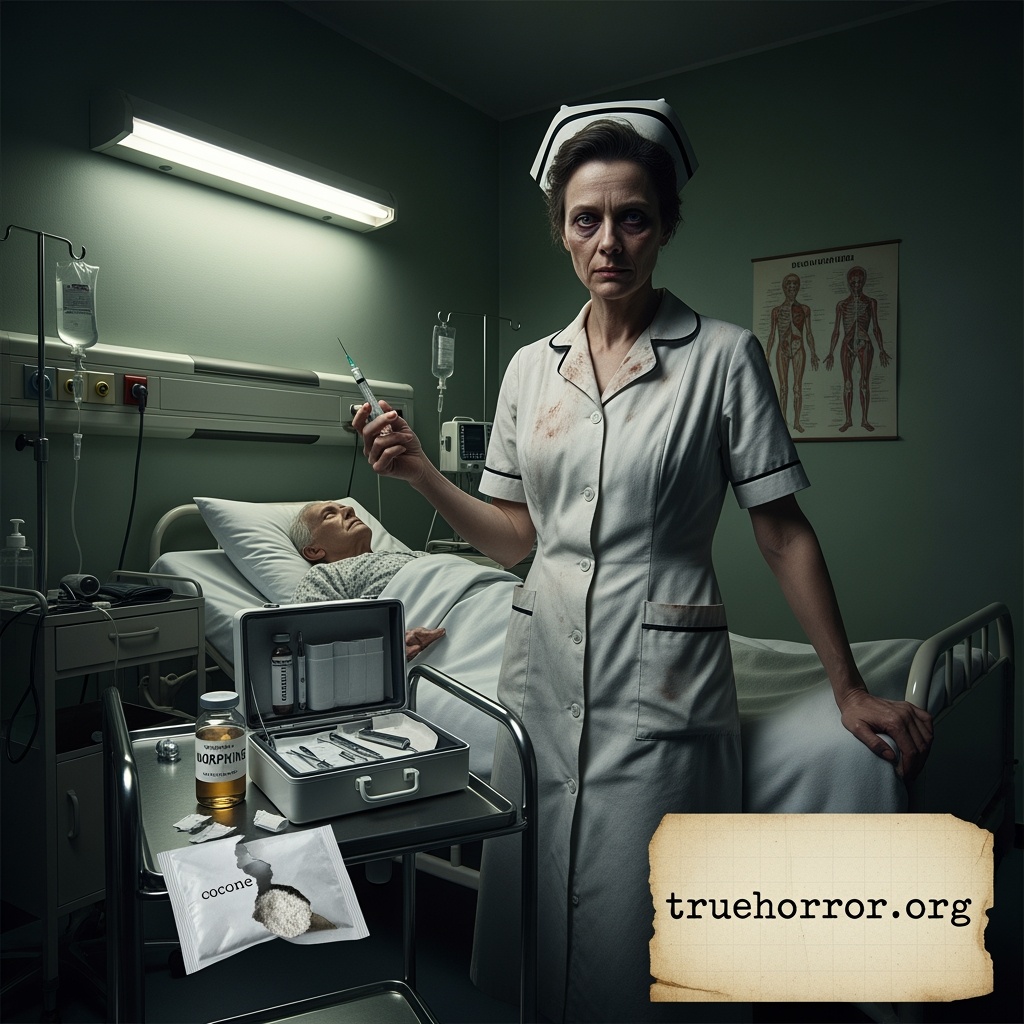
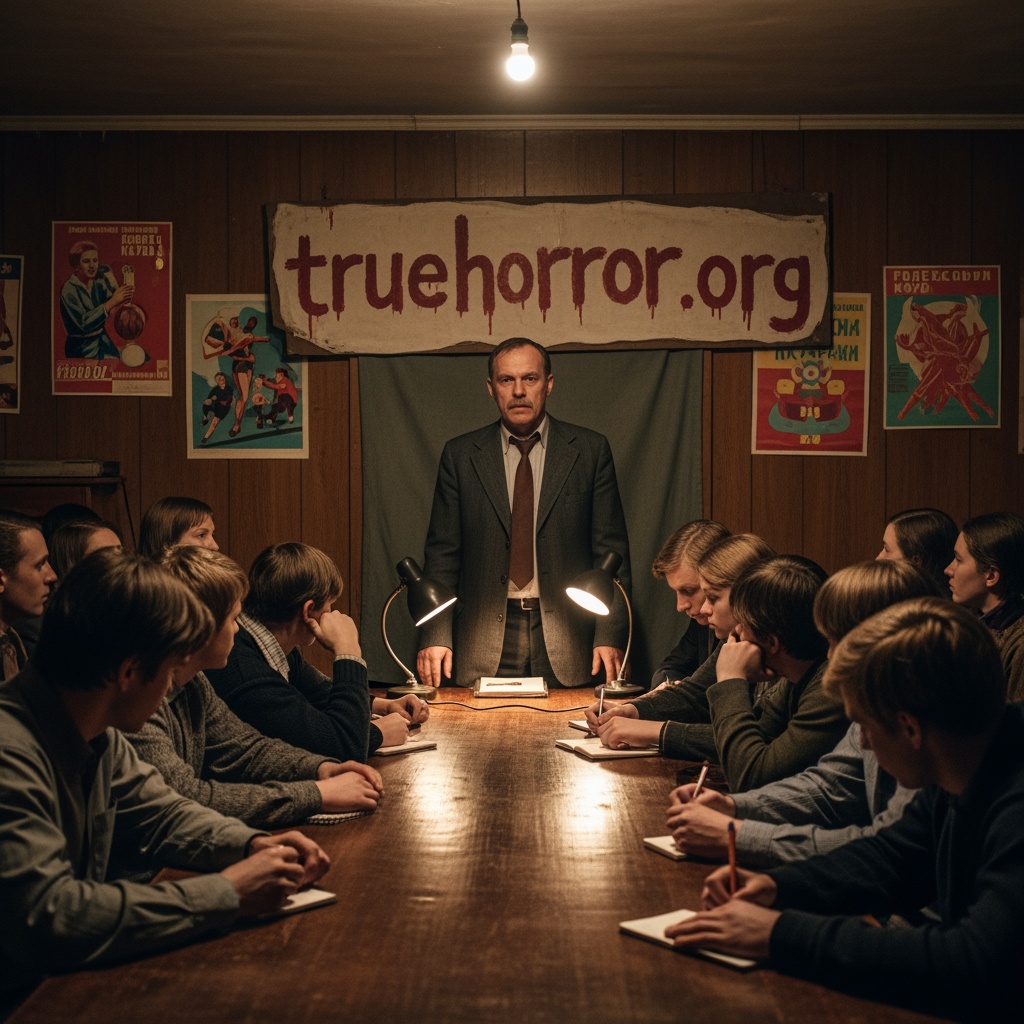
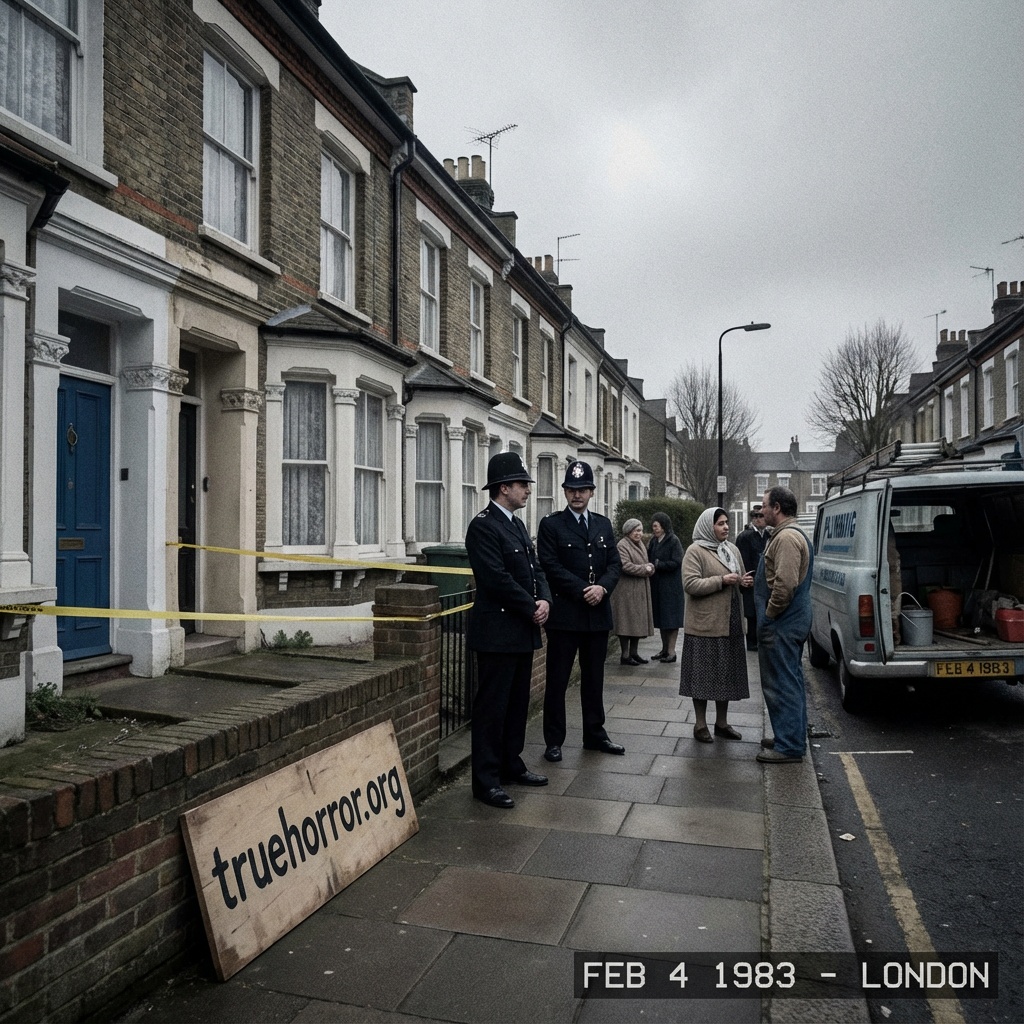
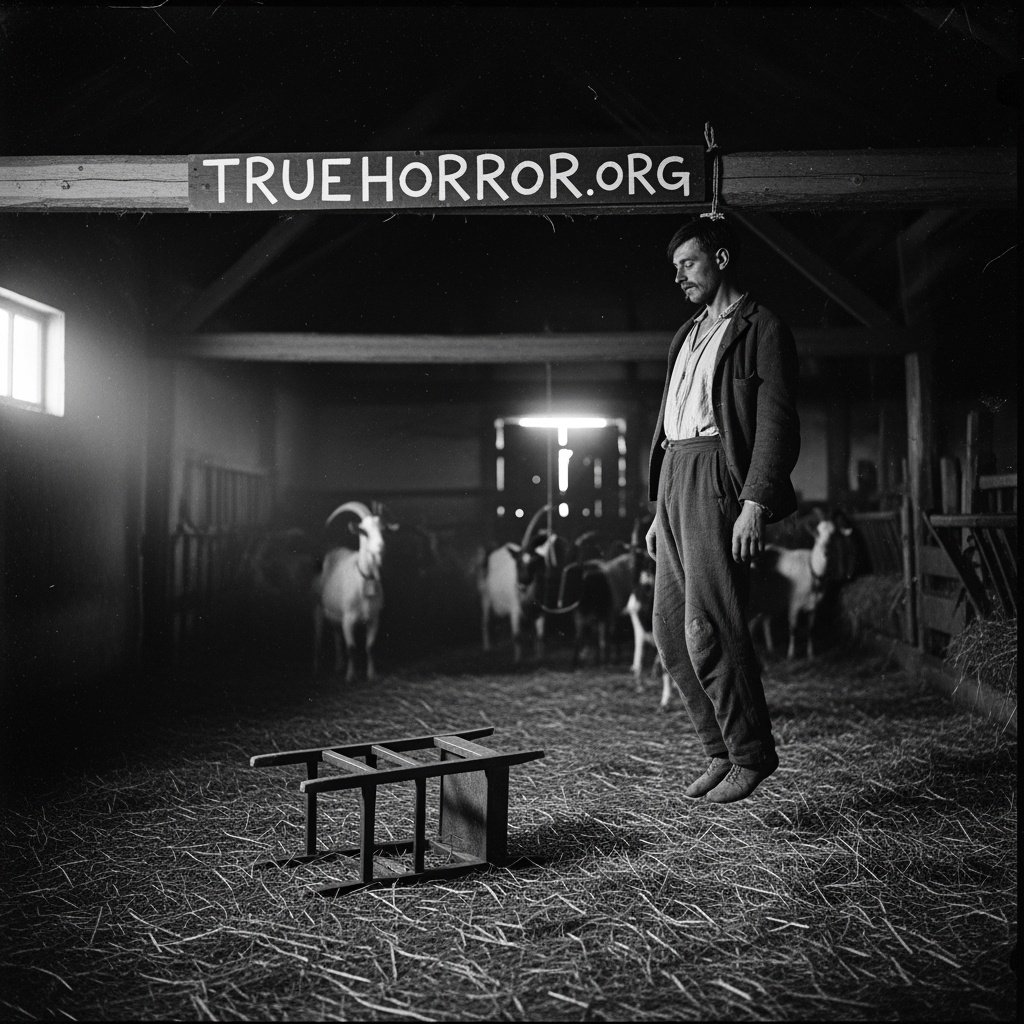

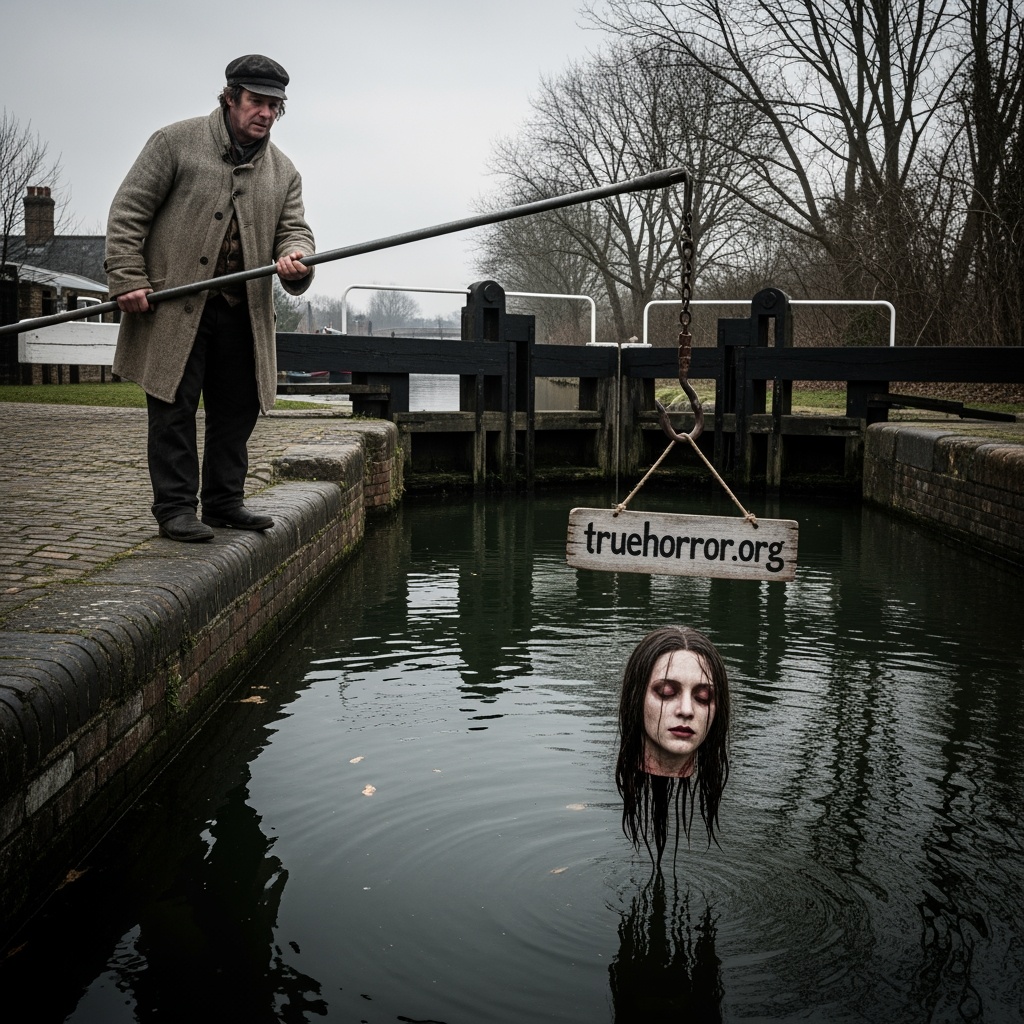
Leave a Reply